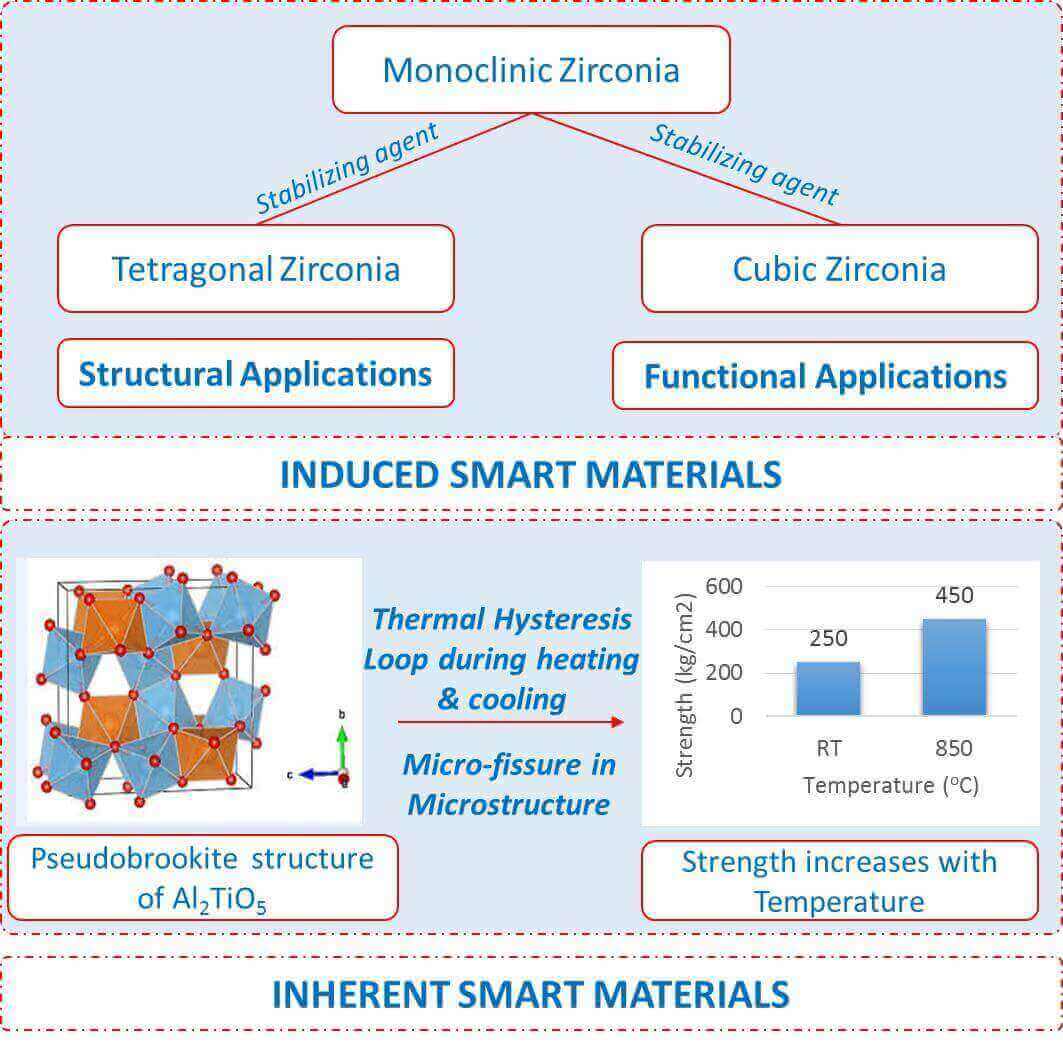
Santanu Mandal
Carborundum Universal Limited, India
Title: Smart Materials – A Quantum Jump in Technological Advancement
Biography
Biography: Santanu Mandal
Abstract
Whether the extension of Le Chatelier’s principle applies to human being and materials? It does apply to human being and hence it ranks right at the top in the hierarchy of smartness/intelligence. The human being can process data, convert into information, develop knowledge, gains wisdom and applies it.
Can it be engineered to develop smart/intelligent materials so that it respond to external stimulus and changes its response with the help of change in bonding, crystal structure and microstructure? There are certain materials which are inherent smart/intelligent, whereas there are materials need to be induced to generate smartness/intelligence. The former group of materials can be coined as ‘Inherent Smart’ materials whereas the latter can be called as ‘induced smart’ materials. For example, structural smartness behaviour under stress can be induced on monoclinic zirconia through partial stabilization with appropriate amount of Y2O3 dopant whereas functional smartness can be induced to conduct oxygen ions with the same Y2O3 dopant at different proportion. Again, the increase in strength with increasing temperature for certain class of materials like dense Al2TiO5, SiC ceramics can be the example of inherent smart ceramics. In sintered Al2TiO5 such behaviour arises due to the presence of micro-fissures. The micro-fissures forms due to thermal hysteresis loop during heating & cooling because of thermal expansion anisotropy in its pseudobrookite crystal structure. Likewise, self-healing materials/composites, self-cleaning glass are the examples of inherent smart materials. In case of functional materials, usually sensors are induced smart materials whereas transducers are inherent smart materials. The presentation will be dealt with many examples of smart materials along with scientific explanation & related applications. This new class of smart materials is believed to contribute quantum jump in human comfort & happiness as well as in economic progress.
Image:

Recent Publications:
- Takagi, T. et al, (1990). “A concept of intelligent materials”. J. Intell. Mater. Syst. Struct., 1: 149-156.
- Kessler et al., (2003). "Self-healing structural composite materials". Composites Part A: Applied Science and Manufacturing. 34 (8): 743–753.
- S.E. Prasad et al., (1995). "Ceramic Sensors and Actuators for Smart Structures". Robotics and Knowledge Based Systems Workshop, Canadian Space Agency.
- Rewadee Wongmaneerung et al., (2009). “Potential of Nanocomposite Technique for Fabrication of Smart Ceramics”. Chiang Mai J. Sci. 36(2) : 179-187
- “Smart Materials and Structures: New Research” Book by Peter L. Reece (2006)
